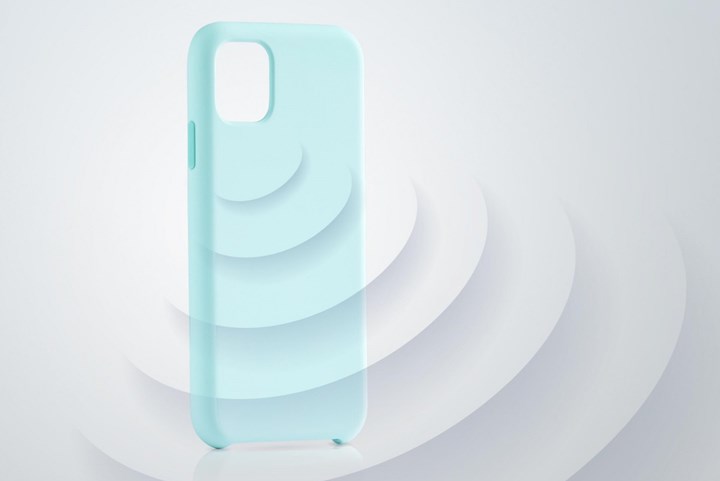Covestro unveils thermoplastic polyurethane material for augmented 5G signal transmission
Desmopan 7000 TPU is characterized by high transparency for 5G frequencies for reduced signal loss, making it suitable for applications such as cell phones covers.

Photo Credit: Covestro
Covestro (Leverkusen, Germany) unveils the development of its Desmopan 7000 thermoplastic polyurethane (TPU) to meet the demand for materials that facilitate and ensure high transmission rates for 5G signals, a technology that, compared to the previous 4G standard, enables higher network speeds, shorter data runtimes (latency), lower power consumption and more stable connections. Overall, Desmopan 7000 exhibits high transparency for 5G frequencies, reducing signal losses, and makes it highly suitable for 5G applications, such as protective covers for cell phones.
Covestro has developed the Desmopan 7000 series with low dielectric constant (Dk) and low dielectric loss (Df) characteristics suitable for high-speed signal transmission applications. It maintains the excellent shock-absorbing and vibration-damping features of TPU, which are needed to provide the best possible protection for mobile devices. Other features include abrasion resistance and flexibility over a wide temperature range, as well as good elasticity across the entire hardness range, protecting against mechanical impact. Further, TPU adheres well to other plastics such as polycarbonate or acrylonitrile butadiene styrene (ABS).
To replace the metallic backs of smartphones Covestro also introduces its Makrofol SR multilayer polycarbonate films, which, when covered by an acrylic top layer, are said to be the ideal choice for uninterrupted data exchange. Covestro says the films are permeable to 5G radio signals and mechanically extremely robust.
They also offer a great deal of design freedom, the company says. The films can be used to create cost-effective, attractive back covers with a look comparable to that of glass. Various technologies are available for this purpose, such as fine 3D structuring, non-conductive vacuum metallization, screen printing, letterpress molding and others.
The development of 5G infrastructure also entails a tightly meshed network of new, increasingly complex antennas. To protect the outer domes — the radomes — from the effects of the weather, Covestro has developed impact-modified polycarbonates that feature high mechanical performance even at low temperatures, UV resistance and design flexibility owing to their high processability.
They also offer low Dk/Df values that ensure homogeneity in signal transmission and protect state-of-the-art electronics in active antenna units, micro-base stations and routers during outdoor use. As such, they help to ensure the return on investment in the 5G network infrastructure.
















